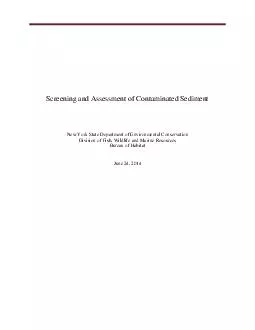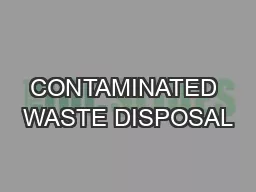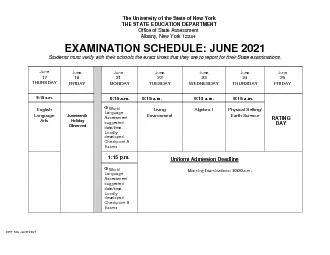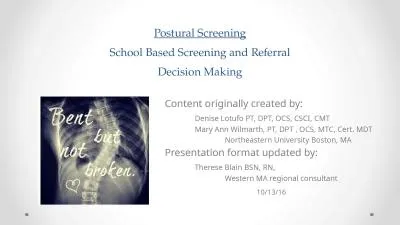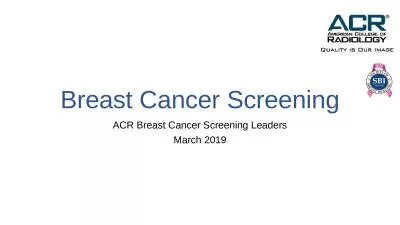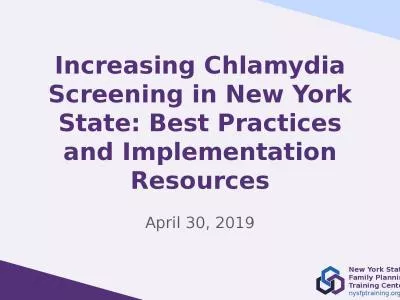PDF-Screening and Assessment of Contaminated SedimentNew York State Depart
Author : luanne-stotts | Published Date : 2016-07-30
Table of ContentsTable of ContentsTerms and Acronyms1 Purpose2 Applicability3 What is SedimentA Sediment Composition and ClassificationB Stream SedimentC Lake SedimentD
Presentation Embed Code
Download Presentation
Download Presentation The PPT/PDF document "Screening and Assessment of Contaminated..." is the property of its rightful owner. Permission is granted to download and print the materials on this website for personal, non-commercial use only, and to display it on your personal computer provided you do not modify the materials and that you retain all copyright notices contained in the materials. By downloading content from our website, you accept the terms of this agreement.
Screening and Assessment of Contaminated SedimentNew York State Depart: Transcript
Download Rules Of Document
"Screening and Assessment of Contaminated SedimentNew York State Depart"The content belongs to its owner. You may download and print it for personal use, without modification, and keep all copyright notices. By downloading, you agree to these terms.
Related Documents

